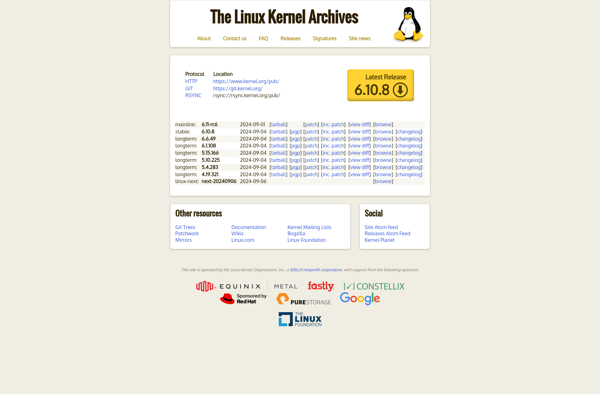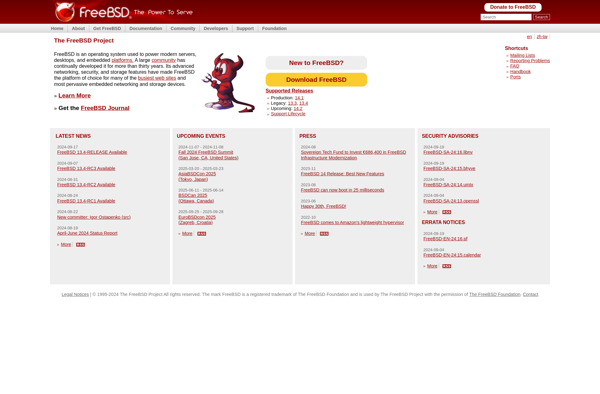Linux kernel

Linux Kernel: Free and Open-Source Operating System Kernel
A free and open-source operating system kernel first released in 1991 by Linus Torvalds, serving as the core of Linux operating systems widely used in servers, mainframes, embedded devices, and Android smartphones.
What is Linux kernel?
The Linux kernel is a free and open-source operating system kernel that serves as the core of Linux operating systems. It was first released to the public by Linus Torvalds in 1991, who wrote it specifically for the Intel x86 hardware architecture.
Since then, the Linux kernel has become one of the most widely used kernels, powering servers, mainframes, embedded devices like routers and smart TVs, Android smartphones, and more. Some key features of the Linux kernel include:
- A modular monolithic kernel architecture that allows adding or removing code at runtime
- Memory management including virtual memory, paging, and memory mapping support
- A rich network stack supporting multiple network protocols out of the box
- Multi-user and multi-tasking capabilities based on processes and threads
- Sophisticated security mechanisms like SELinux and capabilities
The Linux kernel is licensed under GPLv2, so anyone can view, modify, or redistribute its source code for free. It has contributions from over 20,000 programmers from major companies like Intel, Samsung, Red Hat, and more. Its support for a wide variety of hardware architectures and focus on performance makes it a popular choice to build operating systems.
Linux kernel Features
Features
- Monolithic kernel architecture
- Supports multi-user and multi-tasking
- Memory management and process scheduling
- Device drivers and hardware abstraction layer
- Networking stack and protocols
- File systems support
- Security modules like SELinux
Pricing
- Open Source
Pros
Cons
Official Links
Reviews & Ratings
Login to ReviewThe Best Linux kernel Alternatives
Top Os & Utilities and Operating Systems and other similar apps like Linux kernel
Here are some alternatives to Linux kernel:
Suggest an alternative ❐FuryBSD

RISC OS

FreeBSD

NomadBSD

PureDarwin

MINIX 3

Redox

BlackBerry QNX

OpenBSD

BITS-PyOS

Xinuos OpenServer™ 10

Linux-libre

GNU Hurd

TRS-XENIX

NeXTSTEP
